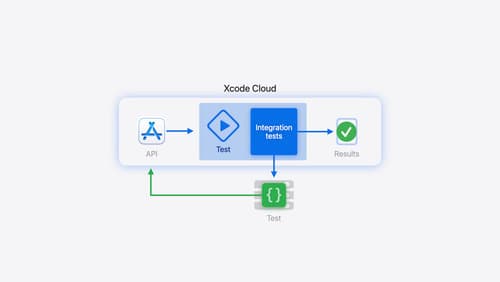how to lint the dependency packages
Asked on 2024-07-31
1 search
To lint dependency packages in Swift, you can use the Swift Package Manager (SPM). SPM is a tool for managing Swift packages, and it can be invoked from the command line to build, test, and run your code. You can also work on a Swift package using Xcode or other editors like Visual Studio Code.
Here are some steps you can follow to lint your dependency packages:
- Build the Package: Use the
swift buildcommand to build your package. This will compile the code and check for any errors or warnings. - Run Tests: Use the
swift testcommand to run the tests associated with your package. This will help ensure that your code is functioning as expected. - Use Xcode: If you are using Xcode, you can open your Swift package in Xcode and use its built-in tools to lint and test your code. Xcode provides a more visual approach to managing and linting your packages.
For more detailed information on managing Swift packages, you can refer to the session A Swift Tour: Explore Swift’s features and design.
Relevant Sessions
- A Swift Tour: Explore Swift’s features and design
- What’s new in Swift
- Explore the Swift on Server ecosystem
These sessions provide insights into using Swift Package Manager and working with Swift packages in different environments.

Extend your Xcode Cloud workflows
Discover how Xcode Cloud can adapt to your development needs. We’ll show you how to streamline your workflows, automate testing and distribution with start conditions, custom aliases, custom scripts, webhooks, and the App Store Connect API.

A Swift Tour: Explore Swift’s features and design
Learn the essential features and design philosophy of the Swift programming language. We’ll explore how to model data, handle errors, use protocols, write concurrent code, and more while building up a Swift package that has a library, an HTTP server, and a command line client. Whether you’re just beginning your Swift journey or have been with us from the start, this talk will help you get the most out of the language.

What’s new in Swift
Join us for an update on Swift. We’ll briefly go through a history of Swift over the past decade, and show you how the community has grown through workgroups, expanded the package ecosystem, and increased platform support. We’ll introduce you to a new language mode that achieves data-race safety by default, and a language subset that lets you run Swift on highly constrained systems. We’ll also explore some language updates including noncopyable types, typed throws, and improved C++ interoperability.
